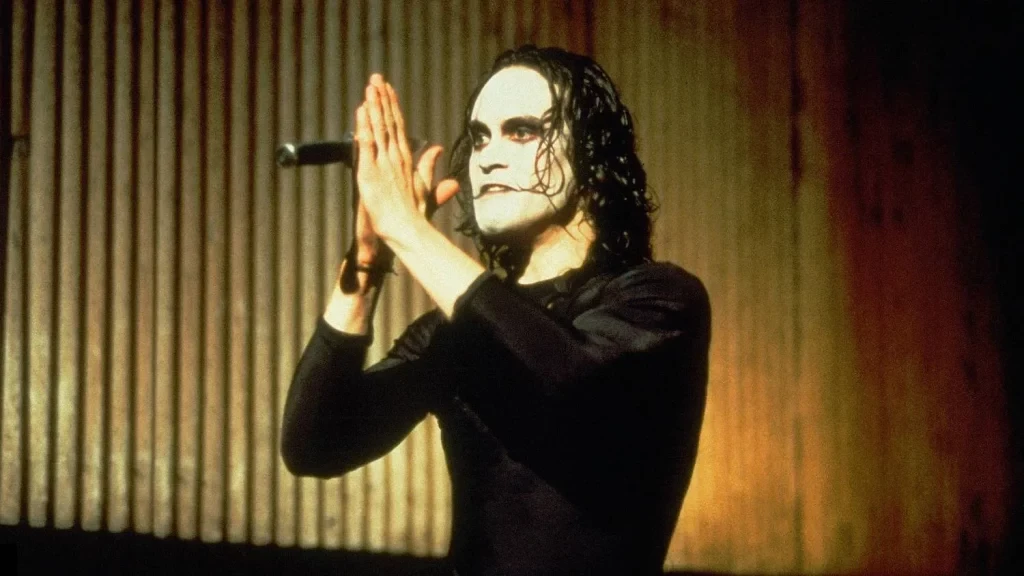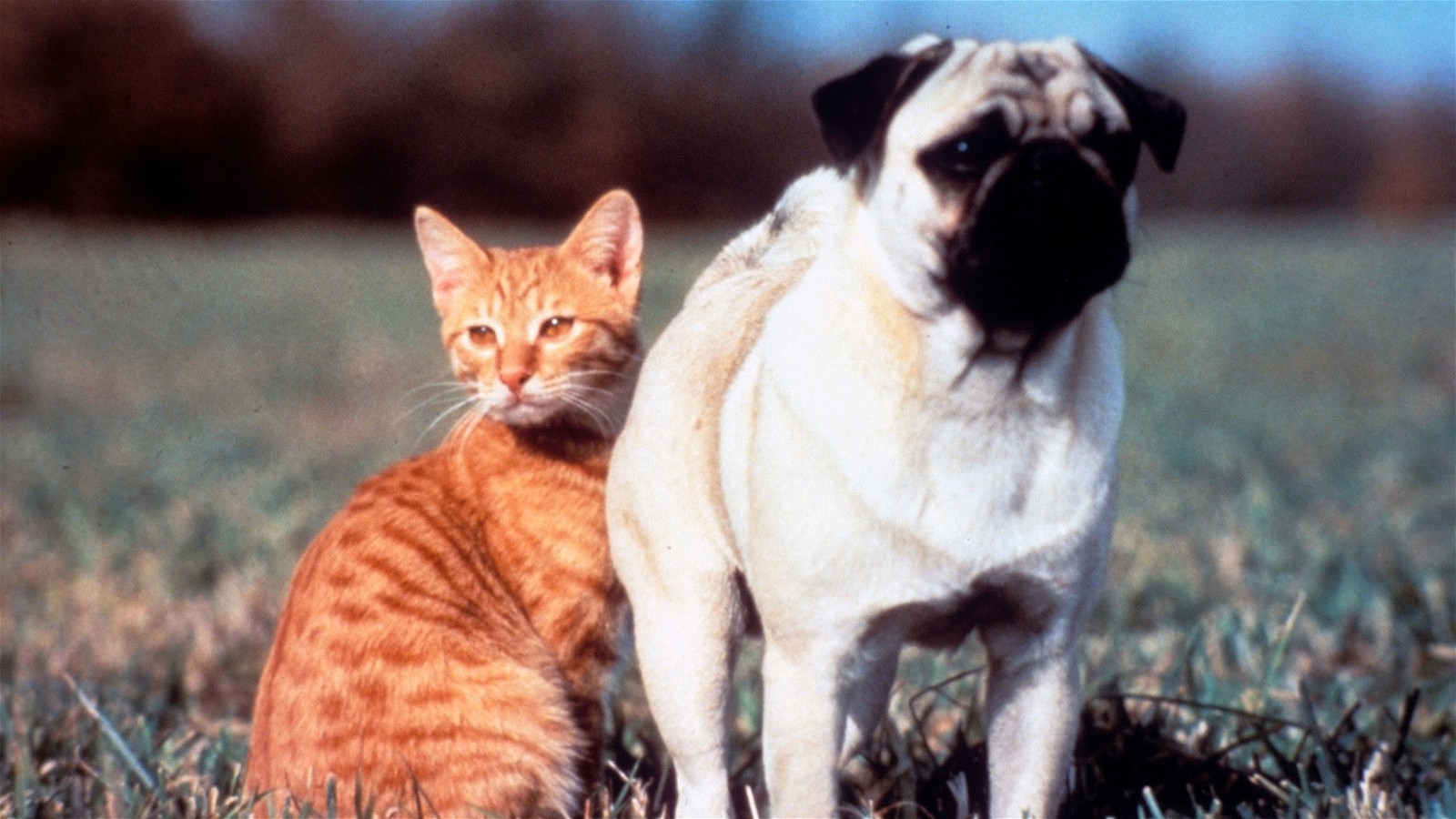In this FandomWire Video Essay, we explore controversial films where people and animals actually died.
Check out the video below:
Subscribe & hit the Notification Bell so you never miss a video!
Controversial Films That Got Dangerous
“No animals were harmed in the making of this film.”
It’s a phrase that you’ll see in the end credits of almost every American major motion picture since the American Humane Society first introduced their guidelines in 1988. In most films, any scenes depicting animal cruelty or death are done off-screen or using props.
The same goes for human actors. Films that depict death are typically staged — not real, the exception being perhaps documentaries or archival footage.
However, throughout the long and varied history of cinema, there has been more than one unfortunate circumstance in which people or animals actually died or were killed on set. While some of these movies have gone down in notoriety and gotten a negative reputation because of their mistreatment of human and animal actors, others live on as classics, cult classics, or even blockbusters.
So… how does it happen? How is life so often lost during the production of a film, and what sort of implications do those deaths have on the idea of safety on a film set? What changes have been made, and what laws have gone into effect to ensure that the crafting of entertainment doesn’t result in real-life tragedy? To fully understand that, we’re taking a deep and after-dark dive into the world of controversial films where people and animals ACTUALLY died. And be forewarned, we’ll be discussing some difficult subject matter. So, viewer discretion is advised.
Many might remember the movie The Adventures of Milo and Otis as a cutesy children’s film about a cat and dog best friend, but in reality, it’s one of the most controversial films of all time when it comes to animal cruelty. As the film was produced in Japan in 1986, it was not made under the supervision of the Humane Society or another supervisory organization.
However, investigations have reported that as many as 20 kittens were killed during productions for sequences such as the one involving a cat falling off a cliff and trying to climb back up or the scene of a pug fighting a bear. In the American version of the film, released years later, many of the more controversial scenes were removed, and rightfully so. However, the stigma and stained reputation of animal abuse still haunt the beloved film.
While animal abuse is a difficult subject to discuss, it’s something that has been an unfortunately frequent aspect of filmmaking. The 2003 Korean cult classic Oldboy also has some animal abuse controversy related to its production, as well. In one of the film’s most infamously disgusting scenes, a character consumes a live octopus. Although this allows the film to achieve its goal of disturbing the audience, the film has nonetheless earned the scorn of numerous animal rights advocates for… well, eating a live octopus.
That being said, the worst example of animal cruelty actually being committed on film is arguably the 1980 Italian film Cannibal Holocaust, which has earned the title of one of the most controversial films of all time. Many countries censored or banned the film in its entirety, and the film remains banned in many countries to this day.
The director of the film himself condemned his own actions on the set of Cannibal Holocaust when it comes to the killing of animals. There are six scenes of real animal death on-screen, although reports say that a total of seven animals were killed, as one of the scenes had to be shot twice. The awfulness of these deaths is made even worse by the fact that they are so violent and cruel. Perhaps the most notorious scene features a large turtle being decapitated and torn apart after being dragged from the water by the human cast.
However, the most bizarre thing about the story of Cannibal Holocaust is that the film was accused of being a snuff film — meaning that the deaths shown on camera were once believed to be real. Although these claims were eventually disproved, they were so widely believed that charges were filed against the director for murder.
The situation was further complicated by the fact that the actors in the film were contractually obligated not to make any public or promotional appearances associated with the film, nor any other film projects, to reinforce the “mockumentary” style of the film. Eventually, the actors were interviewed, and the director demonstrated in court the effects used to stage the deaths, leading to all charges being dropped.
However, even though no actors died in the making of Cannibal Holocaust, there are some major films in which people did die in production, and you might be surprised to learn which ones they are.
Perhaps the most well-known case of someone actually dying on set is the 1994 film The Crow, which caused the tragic death of lead actor Brandon Lee. Despite this, the film is considered by many to be a cult classic and was a relative success at the box office, grossing $94 million against its $23 million budget and spawning a franchise of three unsuccessful sequels and a television series.
Based on the comic book of the same name, The Crow was intended to be the first big starring vehicle for Brandon Lee, the son of iconic martial artist and actor Bruce Lee. Unfortunately, the young actor’s life was cut tragically short at the age of 28 due to an on-set accident involving the use of a firearm.
In the scene being performed, Lee’s character was supposed to have been shot with a revolver. However, due to the negligence of the prop handler, the chamber of the gun was not checked when the real bullets were swapped for blank rounds, causing Lee to actually be mortally wounded.
We covered this in great detail in our other video, “The Tragedy of The Crow.” So, be sure to check that out if you haven’t.
After Lee’s death, there was the question of whether the film should continue, especially since filming was almost completed. Original distributor Paramount Pictures left the project shortly after the incident, but Miramax joined and put up the financing for completion and reshoots using Lee’s stunt double Chad Stahelski, who would later become famous as a stunt coordinator and for directing the John Wick franchise.
Unfortunately, Hollywood would not learn its lesson from Lee’s death on the set of The Crow. Although the use of gun wranglers is a common practice to protect those on sets where real and prop firearms are being employed, there are still incidents involving accidental shootings on film sets. The most recent example is the Western film Rust, in which actor Alec Baldwin was handed a loaded gun and accidentally shot the film’s cinematographer, Halyna Hutchins.
Speaking of Stahelski, he would later become embroiled in an on-set death controversy of his own, as a lawsuit was filed against him and the production company of The Expendables 2, on the set of which stuntman Kun Liu died in a stunt claimed to be unsafe.
During a stunt on a boat, there was an explosion that led to the death of Liu. Liu’s family then sued the production company and stunt coordinator Stahelski, claiming they “recklessly organized, planned, set up, produced, directed, trained, coordinated and otherwise prepared for and implemented the stunt,” causing Liu’s death. The results of this lawsuit were not widely publicized, but one can assume it was settled out of court.
Fans may not realize that there was an actual death in the filming of the 1986 classic Top Gun. Stunt pilot Art Scholl had been filming some background shots for the film before his plane was lost. After radioing in that he had a serious problem, the observer plane went to look for him, only to find debris and oil in the water. Scholl’s plane and body were never found.
Another on-set death that largely went under the radar happened on the set of comic book movie Deadpool 2. While serving as stunt double for Zazie Beets in the role of Domino, stuntwoman Joi Harris was ejected from a motorcycle without wearing a helmet. This led to criticism of the film’s team for putting Harris into an unsafe situation operating the vehicle, and despite the studio’s disagreements with the reports, improved safety protocols.
Although it wasn’t related to a stunt, there was also a tragic on-set death during the production of the 2008 action film Jumper, which starred Hayden Christensen and Samuel L. Jackson. During the demolition of a set in Toronto, a set dresser was instantly killed when frozen sand, earth, and ice fell down from the set onto him. Described as a “fluke accident,” there were fines charged to producers for unsafe on-set conditions, but this incident otherwise largely went under the radar.
Perhaps the most egregious case of negligence resulting in an on-set death is the anthology film Twilight Zone: The Movie. A helicopter accident on the set of the segment directed by iconic filmmaker John Landis — who is behind such acclaimed films as Animal House and An American Werewolf in London — led to the absolutely devastating deaths of actor Vic Morrow and two child actors.
What makes this situation so frustrating is that the incident occurred in direct violation of laws when it comes to hiring child actors. In the nighttime scene, which was shooting around 2:30 am, an explosive was detonated near a helicopter, causing the helicopter’s rotor to detach and immediately kill Morrow and the two young actors in the scene.
Simply put, the two child actors should not have been on set at that time. California law prohibited children from working at night and in proximity of explosions, and the presence of an on-set teacher or social worker is required at all times. Landis’s set did not adhere to any of these three requirements. Purposeful efforts were also made to obscure the child actors’ participation in the scene from casting directors and safety officers on set.
The controversy caused by this incident caused several trials that lasted nearly a decade. Landis and everyone involved with the film were acquitted of manslaughter charges in a criminal trial, and while Landis continued to deny culpability for the incident, he admitted that hiring them in that way was wrong.
Yet, even though Landis was not found guilty in a court of law, his actions on set led to drastic changes in on-set safety in Hollywood. Several guilds established hotlines that allowed members to contact guild representatives 24/7 to report unsafe conditions on set or solve any concerns regarding regulations on set. The California Fire Marshal also established a program to ensure the safety of cast and crew on sets where pyrotechnic special effects are present.
Although it may seem macabre to discuss such tragic instances of on-set deaths and animal cruelty, it is important for us to remember these incidents so that history does not repeat itself. In the words of Steven Spielberg, “No movie is worth dying for.”
Were you surprised by any of these tragedies? Do you think filmmakers should be held accountable for accidents that occur on set? Let us know in the comments. As always, thanks for watching, and be sure to like and subscribe for more great video content like this. Until next time!
Follow us for more entertainment coverage on Facebook, Twitter, Instagram, and YouTube.
Note: If you purchase an independent product featured on our site(s), we may earn a small commission from the retailer. Thank you for your support.



